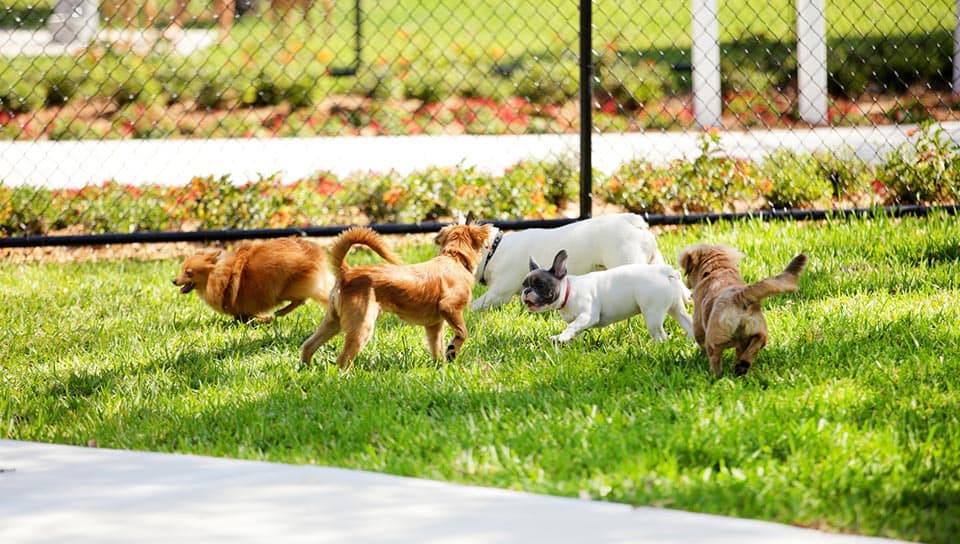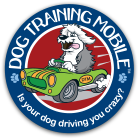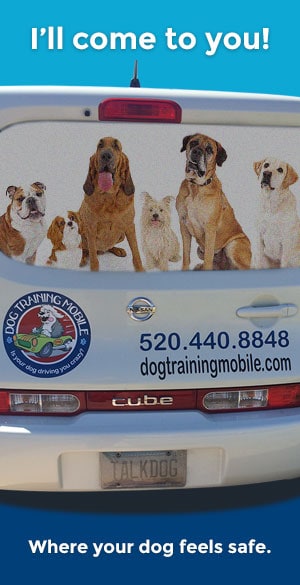Dog Park Safety Tips 2013
- Gerard Raneri
- Jul, 25, 2013
- Behavioral Issues
- Comments Off on Dog Park Safety Tips 2013

Tucson Dog Training PARK SAFETY TIPS 2013
by Gerard Raneri
Dog Training Mobile
As Tucson heats up, our dog parks get busy at two times of the day, dawn and dusk. Here are some tips to avoid issues at the dog parks and help both dogs and their owners be at ease during the peak times. As well as introducing pups and dogs to the dog park for the first time. Dog Training Mobile has compiled a list of dog training tips to help you know what to watch for, what to avoid and how to handle tricky situations at the dog park.
• Know your dog’s personality/temperament. Not all dogs enjoy socializing. Don’t let your dog get overwhelmed by meeting a large pack of dogs on his first few times at the dog park. Test your dog before ever going to a dog park by introducing him first to a friend’s or family member’s dog. Do this in a controlled situation such as a back yard or a fenced area. Take your time and go slow.
• Is your dog healthy? Confirm that all of your dog’s shots are up-to-date. If your dog is recovering from a recent surgery or illness, postpone a dog park visit until he is fully recuperated.
• Observe. We always recommend your first visit to your local Tucson Dog Park should be without your dog. This allows you—your dog’s pack leader—to learn the park rules and familiarize yourself with the surroundings. When you are ready to bring your dog to the dog park, watch the group inside the park first. If the dogs seem too rough for your dog, plan to return at another time or try a different park. If your dog seems overly excited watching other dogs, teach him to relax at the park by just sitting quietly with him in the park area on your first few visits.
• Start out slow. The first few visits to the dog park should be brief—15 minutes or less. Then slowly increase your time as your dog becomes more secure with the dog park situation. Not all dogs are meant for dog parks. If your dog is naturally fearful or timid, he simply may not be a good fit with more dominant dogs. Choose off hours to visit the dog park. Try visit on weekdays, especially around midday. Avoid going on weekends and after work, as those are generally the busiest times.
• Always stay focused on your dog. Don’t get distracted talking to other dog owners. Always watch all the dogs’ body language to help you avoid any trouble before it begins. Keeping an eye on your own dog’s body language will help you know when he’s becoming stressed or fearful. If this happens, redirect his attention back to you to help him feel safe.
• Let your dog off leash the moment you enter unleashed areas. Aggressive behaviors can result between a leashed dog and a dog that’s running free. Leashed dogs, and their owners, project body language that can be threatening, and keeping your dog on the leash will only make things worse. A leashed dog is unable to make his instinctual decisions. He cannot opt to take flight, so he may feel he has to fight to survive the situation.
• Young children should not be inside a dog park. It’s impossible to safely watch your child and your dog at the same time. If a fight breaks out, your child could easily get hurt. In addition, children running in a dog park can trigger the dogs to chase them—an extremely dangerous situation.
• Leave puppies at home. Puppies aged less than four months aren’t fully immunized yet and are at risk for diseases such as parvovirus. Also, take care to avoid allowing your pup to experience any negative interactions with other canines. Your pup’s socialization education will be impeded negatively if a dog is aggressive to him. A dog park filled with strange dogs is a poor place to start socializing a young pup; start one-on-one with other young puppies.
• Do not bring treats or toys. Most parks already have plenty of balls and toys that other people have left behind. Also, it is very common to see dogs exhibit food aggression or resource guarding when treats and toys are introduced. Avoid this behavior potential by not having these triggers in the first place.
• Canine body language. Educate yourself about canine body language and calming signals so you learn the difference between fear, play, dominance and aggression. My website offers free information on canine body language. http://
www.dogtrainingtucsonaz.com
• Know when it’s time to leave. Leave on a positive note, before a negative experience can happen. If you notice your dog becoming stressed or afraid, or he’s being chased by the pack, step up to your role as your dog’s leader to keep your pack safe. Trust your gut and leave if the situation isn’t feeling right.
In closing, being aware of your surroundings is key, as the heat rises keep an eye out for snakes. Its that time of year and as you walk into the park, snakes could be hiding. Our next release later this month is on Avoiding Snake Bites for your Canine Companion. https://www.dogtrainingtucsonaz.com




